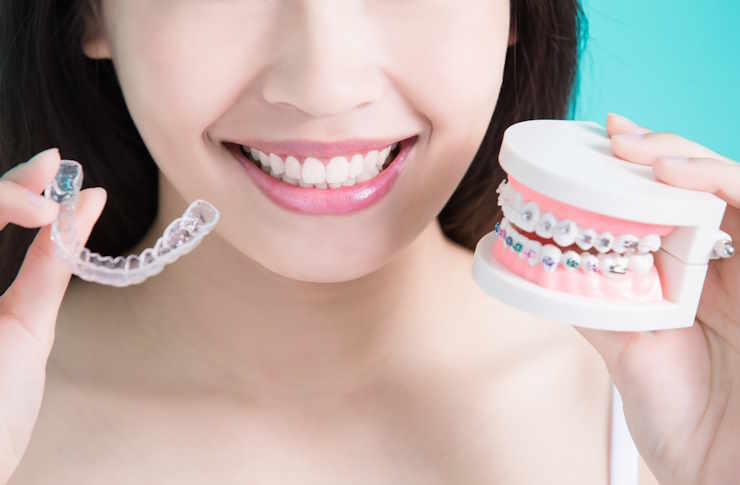Understanding Screwless Dental Implants and Their Benefits
Screwless dental implants represent an innovative approach to tooth replacement that eliminates traditional screw components. This technology offers unique advantages for patients seeking stable, long-lasting solutions to missing teeth. As dental technology continues to evolve, understanding the differences between conventional and screwless options helps individuals make informed decisions about their oral health restoration.

Modern dentistry has introduced various approaches to tooth replacement, with screwless dental implants emerging as an alternative to traditional implant systems. These devices use a different mechanism for securing the prosthetic crown to the implant post, potentially offering benefits in certain clinical situations. Understanding how these systems work, their suitability for different age groups, and the factors influencing their cost can help patients navigate their options more effectively.
What Are Screwless Dental Implants and How Do They Work?
Screwless dental implants utilize a cement-retained design rather than the screw-retained mechanism found in conventional implants. In traditional implant systems, a small screw connects the crown to the abutment, requiring an access hole in the crown surface. Screwless systems eliminate this screw connection by cementing the crown directly to the abutment, creating a seamless restoration without visible access holes. This approach can provide improved aesthetics in the visible front teeth area and may simplify certain aspects of the restoration process. The implant post itself still integrates with the jawbone through osseointegration, the same biological process used in all dental implant systems.
Why Screwless Dental Implants May Suit Elders
Screwless dental implants for elders can offer specific advantages for older patients seeking tooth replacement. The cement-retained design may be preferable when patients have limited mouth opening or physical challenges that make the precise alignment required for screw-retained systems more difficult. Additionally, the absence of screw access holes can reduce the risk of food impaction and may simplify oral hygiene routines for individuals with dexterity limitations. However, suitability depends on individual bone quality, overall health status, and specific anatomical considerations. Older patients should undergo thorough evaluation to determine whether screwless or traditional implant systems better meet their clinical needs and lifestyle requirements.
Understanding Screwless Dental Implants Prices and Cost Factors
Screwless dental implants prices list considerations include multiple components that affect the total investment. The overall cost typically encompasses the surgical placement of the implant post, the abutment, the custom crown, and all associated clinical appointments. Geographic location, dentist experience, materials used, and the complexity of individual cases all influence pricing. Additional procedures such as bone grafting, sinus lifts, or extractions may increase total costs. Insurance coverage varies significantly, with some plans offering partial reimbursement for implant procedures while others classify them as cosmetic treatments.
| Component | Typical Cost Range | Notes |
|---|---|---|
| Single Implant Post | $1,000 - $3,000 | Surgical placement only |
| Abutment | $300 - $700 | Connects implant to crown |
| Crown (Cement-Retained) | $1,000 - $3,000 | Final restoration piece |
| Complete Single Tooth | $2,500 - $6,000 | Total per tooth estimate |
| Multiple Implants (per unit) | $2,000 - $5,000 | May include volume discounts |
Prices, rates, or cost estimates mentioned in this article are based on the latest available information but may change over time. Independent research is advised before making financial decisions.
Why People Choose Screwless Dental Implants
Why people choose screwless dental implants often relates to aesthetic priorities and functional considerations. The absence of screw access holes creates a more natural appearance, particularly important for front teeth where even small imperfections may be visible. Some patients prefer the simplified maintenance routine, as there are no screw components that might loosen over time. Dental professionals may recommend cement-retained systems when implant angulation makes screw access challenging or when the bite forces in certain mouth areas favor cemented restorations. The decision between screwless and screw-retained implants should involve discussion with a qualified dental professional who can assess individual anatomical factors, aesthetic goals, and long-term maintenance preferences.
Finding Screwless Dental Implants Clinics in Your Area
Screwless dental implants clinics can be located through several research methods. Many general dentists offer implant services, while periodontists and oral surgeons specialize in complex cases. When searching for local services, patients should verify practitioner credentials, review before-and-after case examples, and inquire about the specific implant systems used. Consultation appointments allow discussion of treatment options, timeline expectations, and cost estimates tailored to individual needs. Questions about the dentist’s experience with cement-retained systems, success rates, and warranty policies help patients make informed provider selections. Professional dental associations often maintain directories of qualified implant practitioners organized by geographic location.
Comparing Screwless and Traditional Implant Systems
Both screwless and traditional screw-retained implant systems offer effective tooth replacement solutions with distinct advantages. Screw-retained implants allow for easier retrieval if adjustments or repairs become necessary, as the crown can be removed by unscrewing the retaining screw. Cement-retained systems provide superior aesthetics but may complicate future modifications since the crown must be cut off for removal. Success rates for both approaches remain high when proper case selection and surgical technique are employed. The choice between systems depends on factors including implant location, bone quality, patient preferences, and the treating dentist’s clinical judgment. Understanding these differences enables meaningful conversations with dental professionals about which approach best suits individual circumstances.
This article is for informational purposes only and should not be considered medical advice. Please consult a qualified healthcare professional for personalized guidance and treatment.




